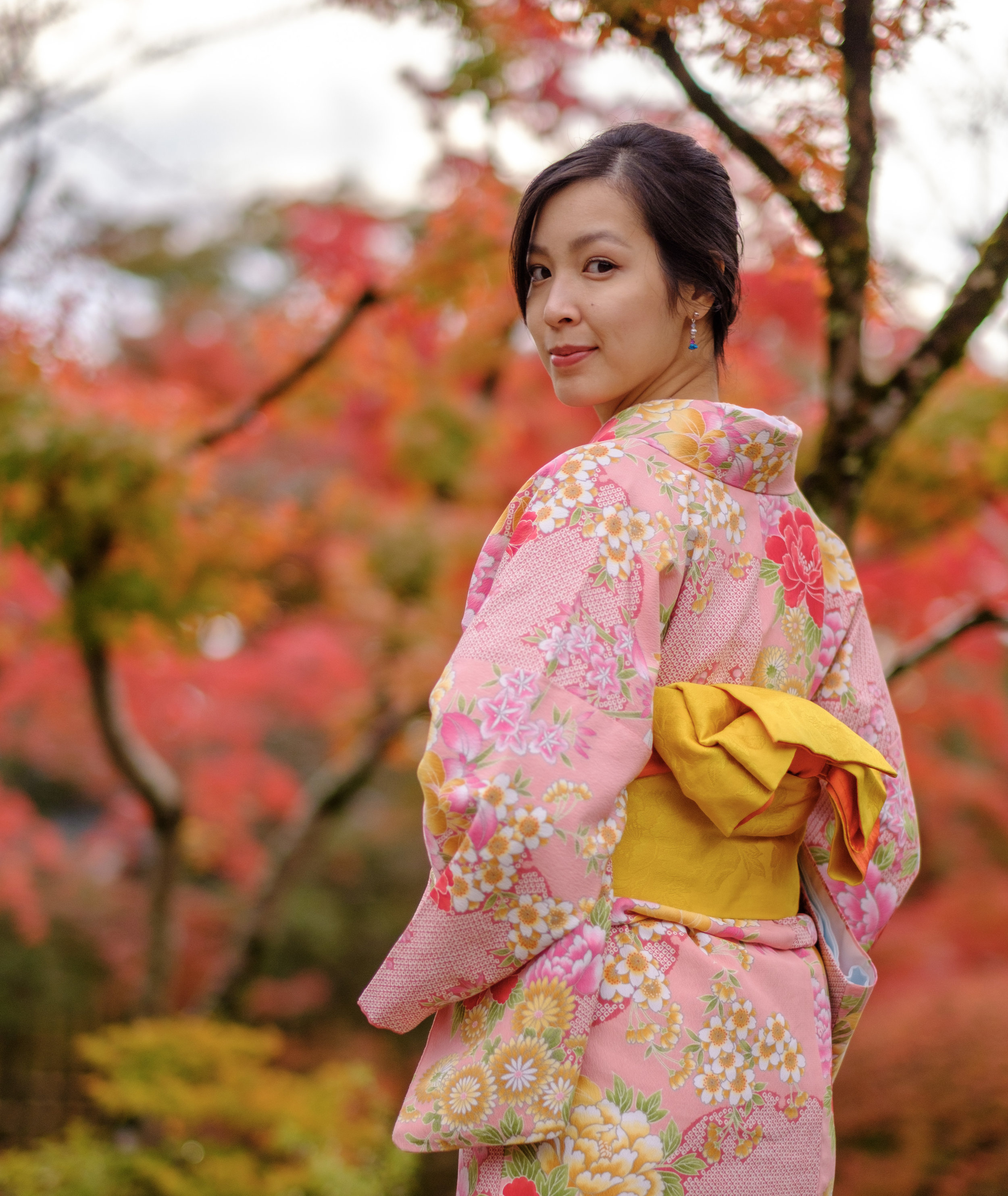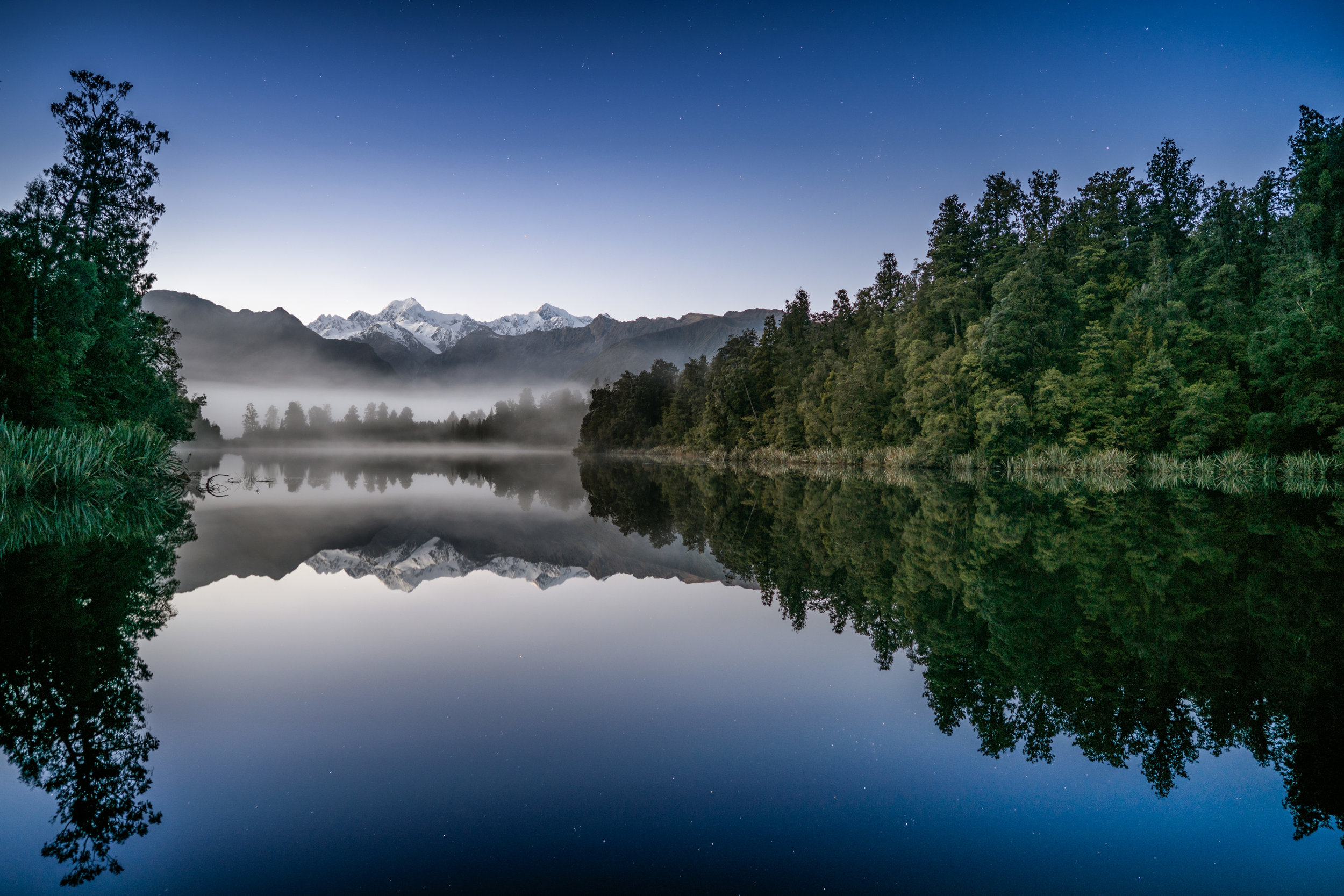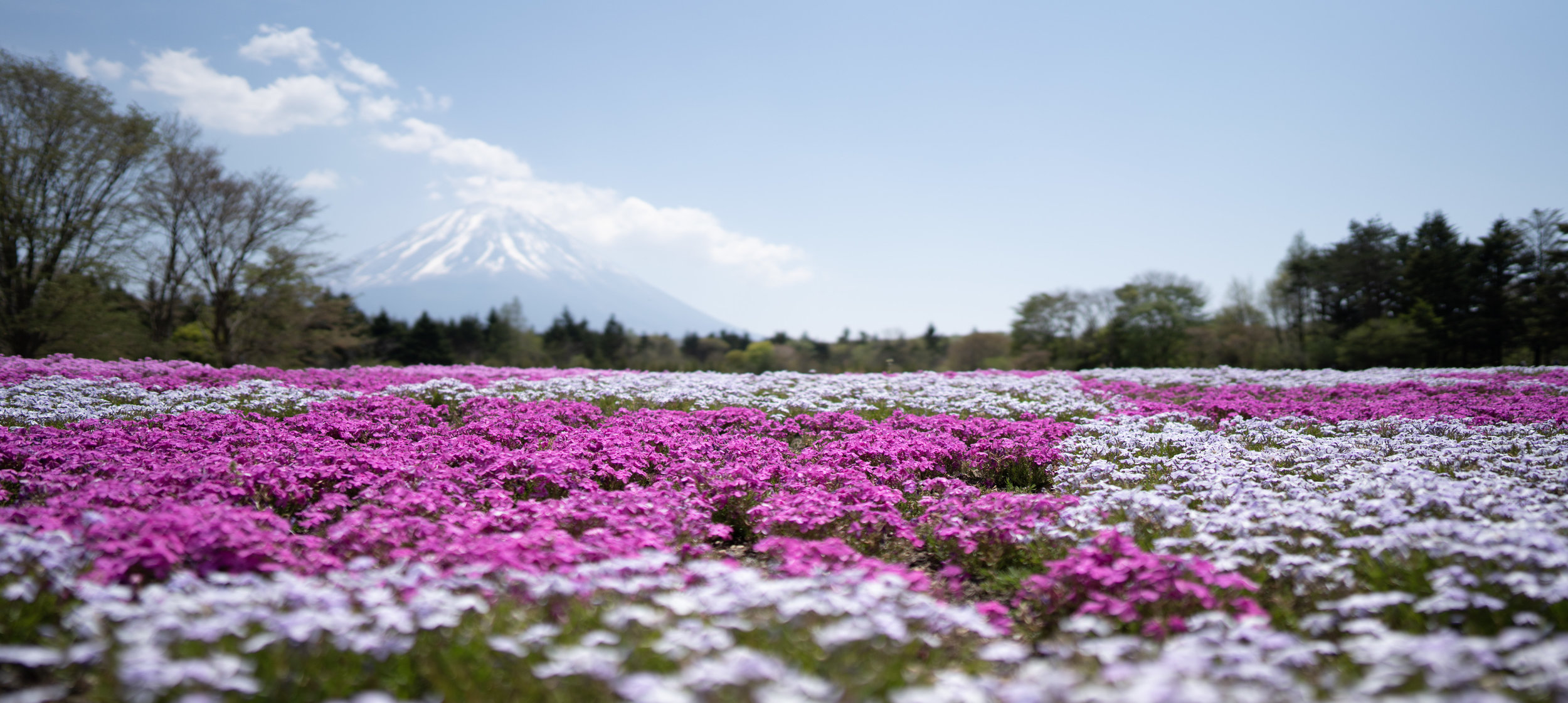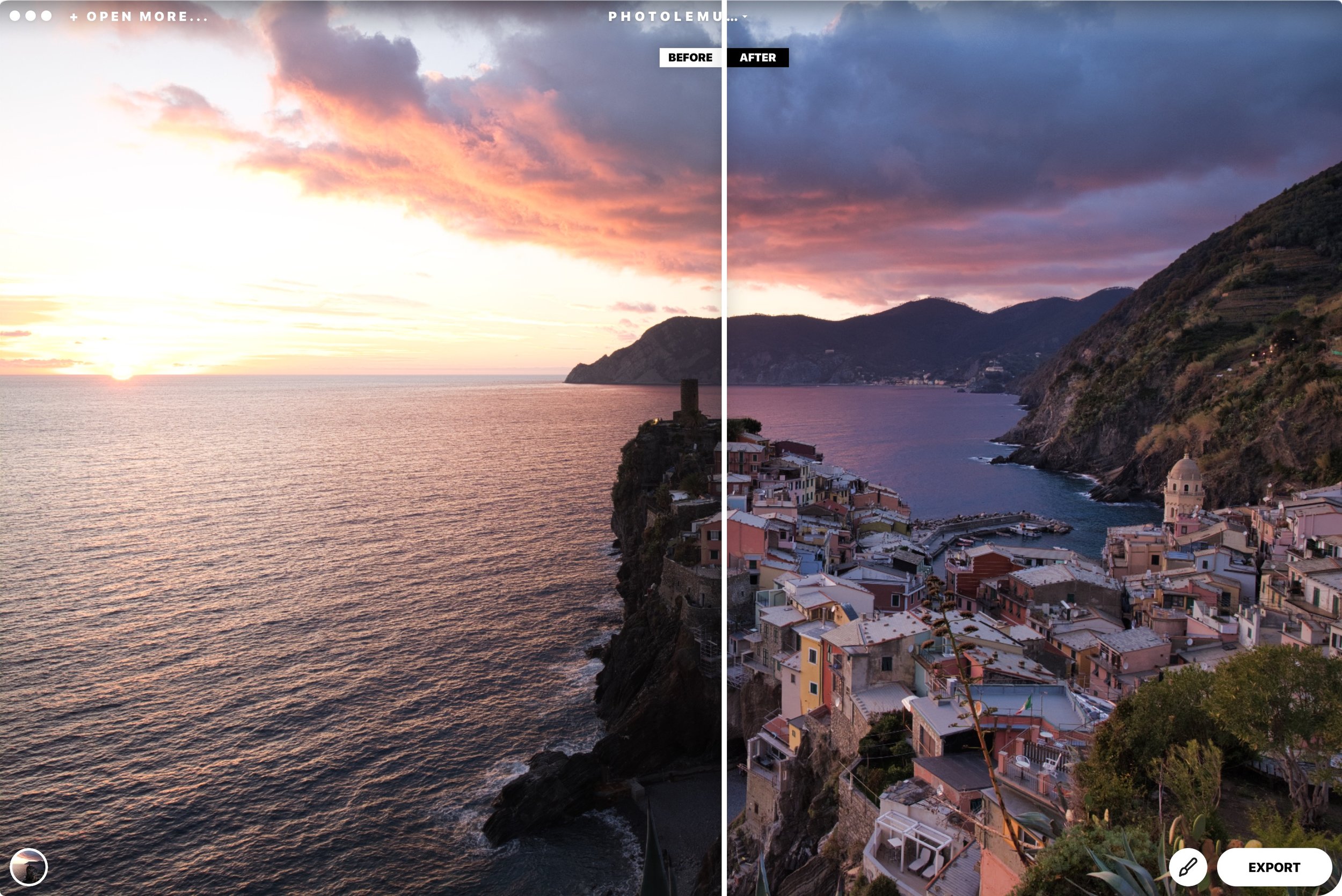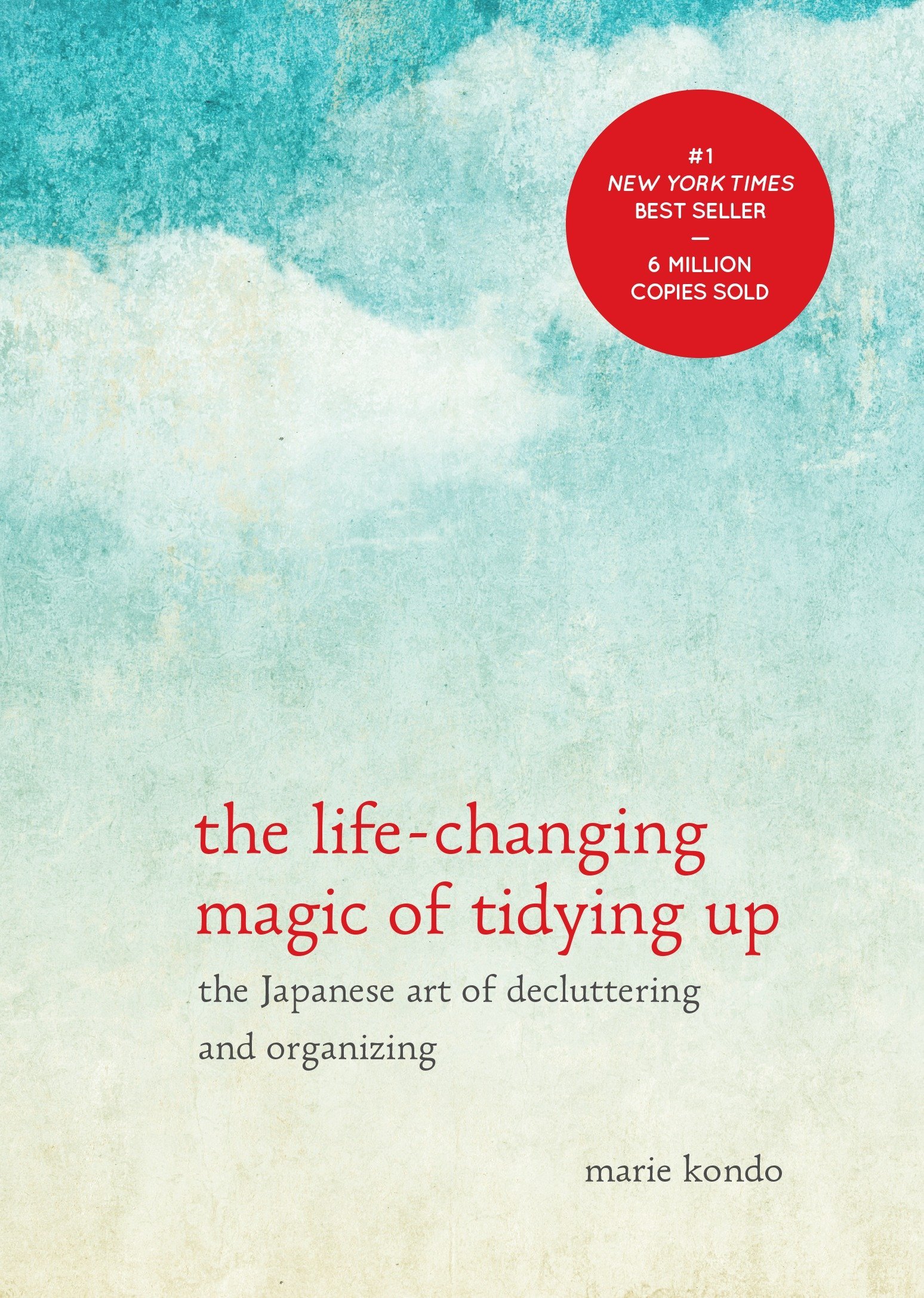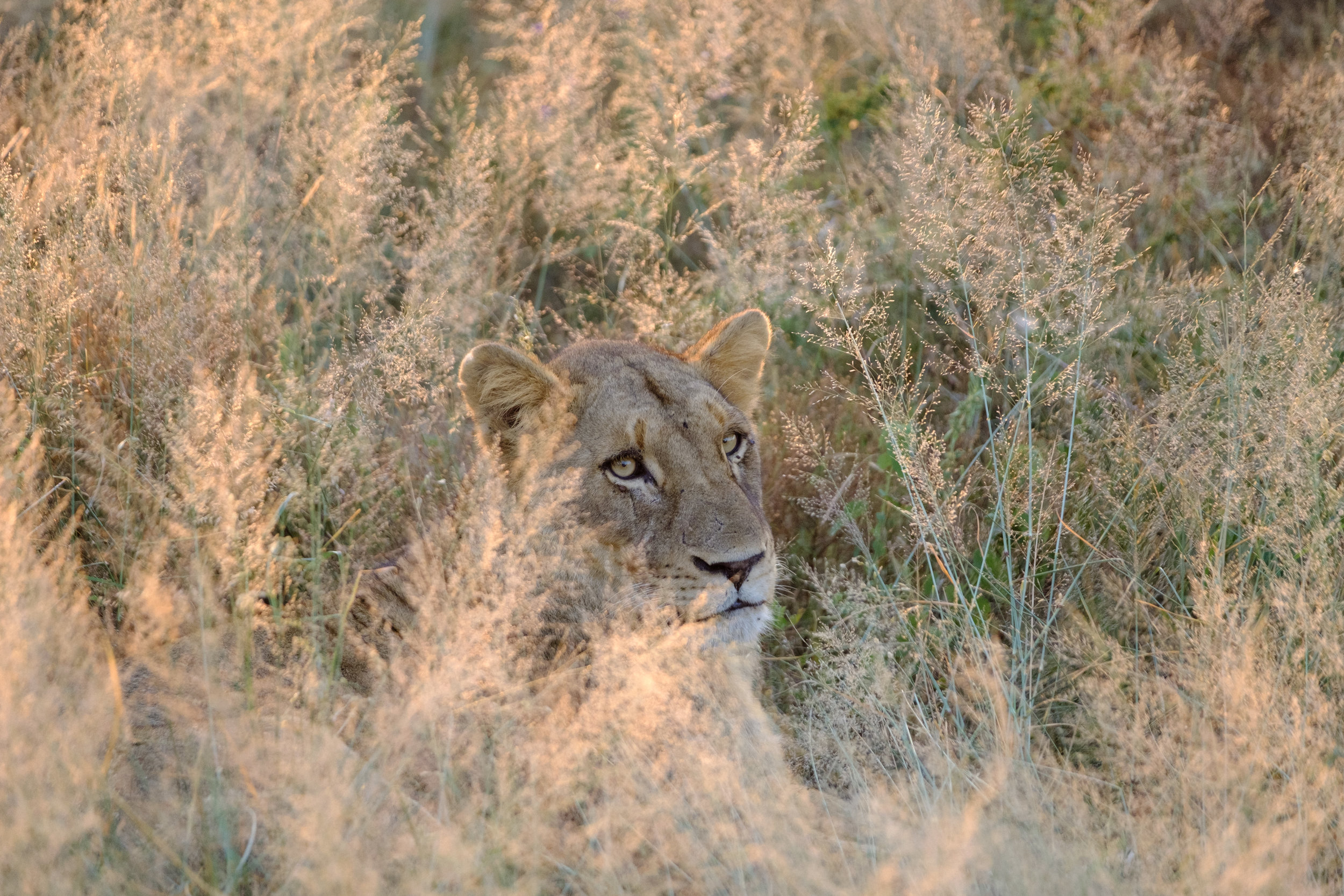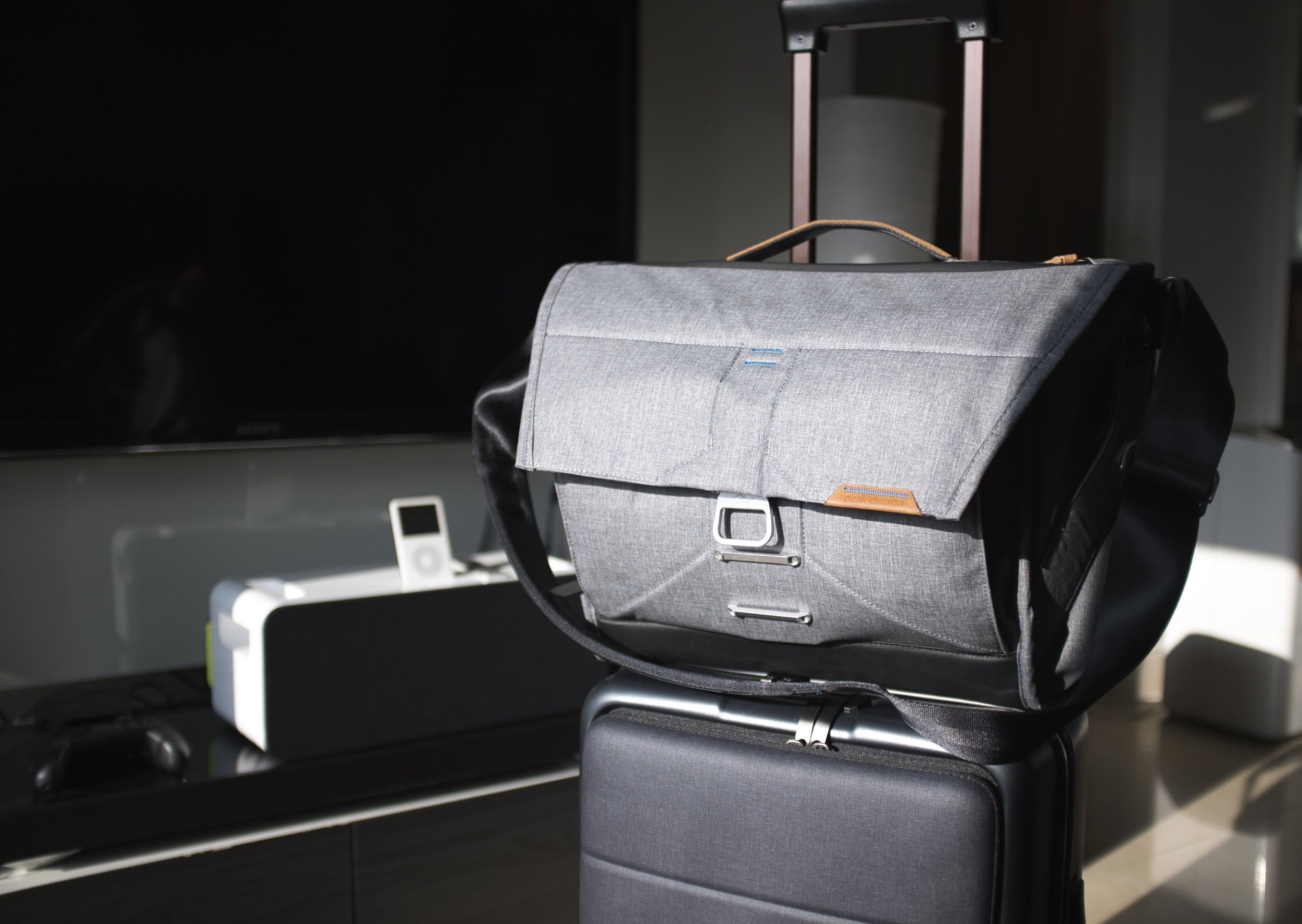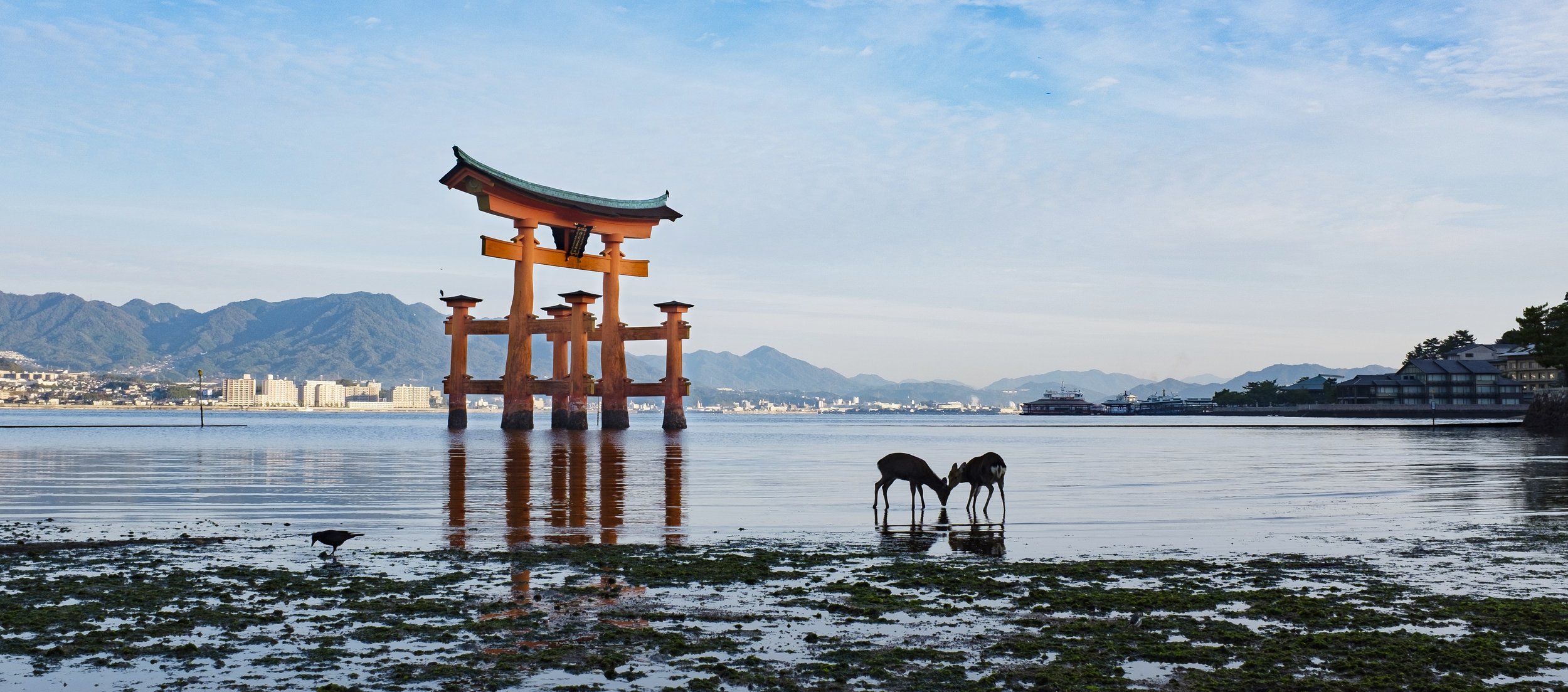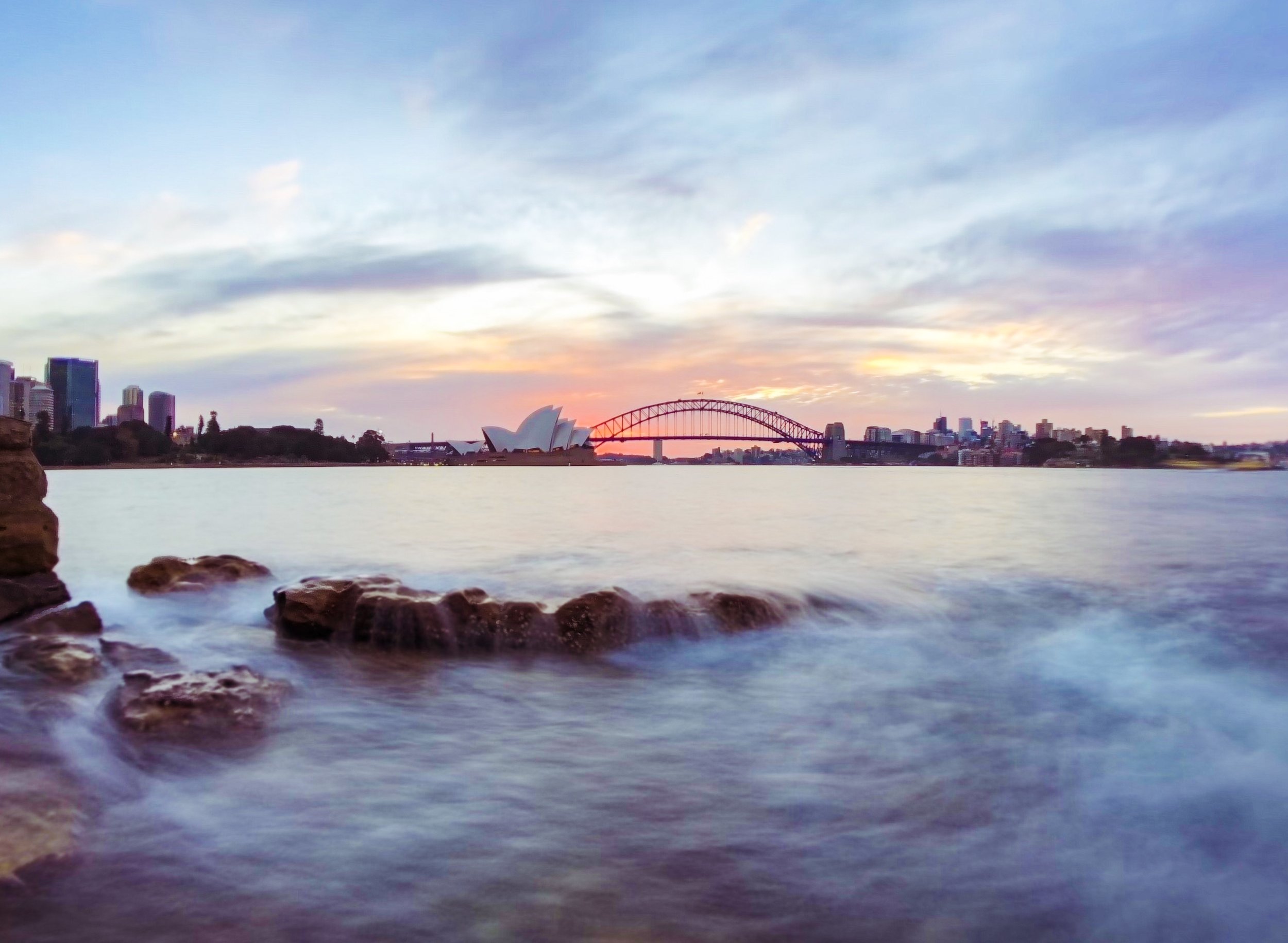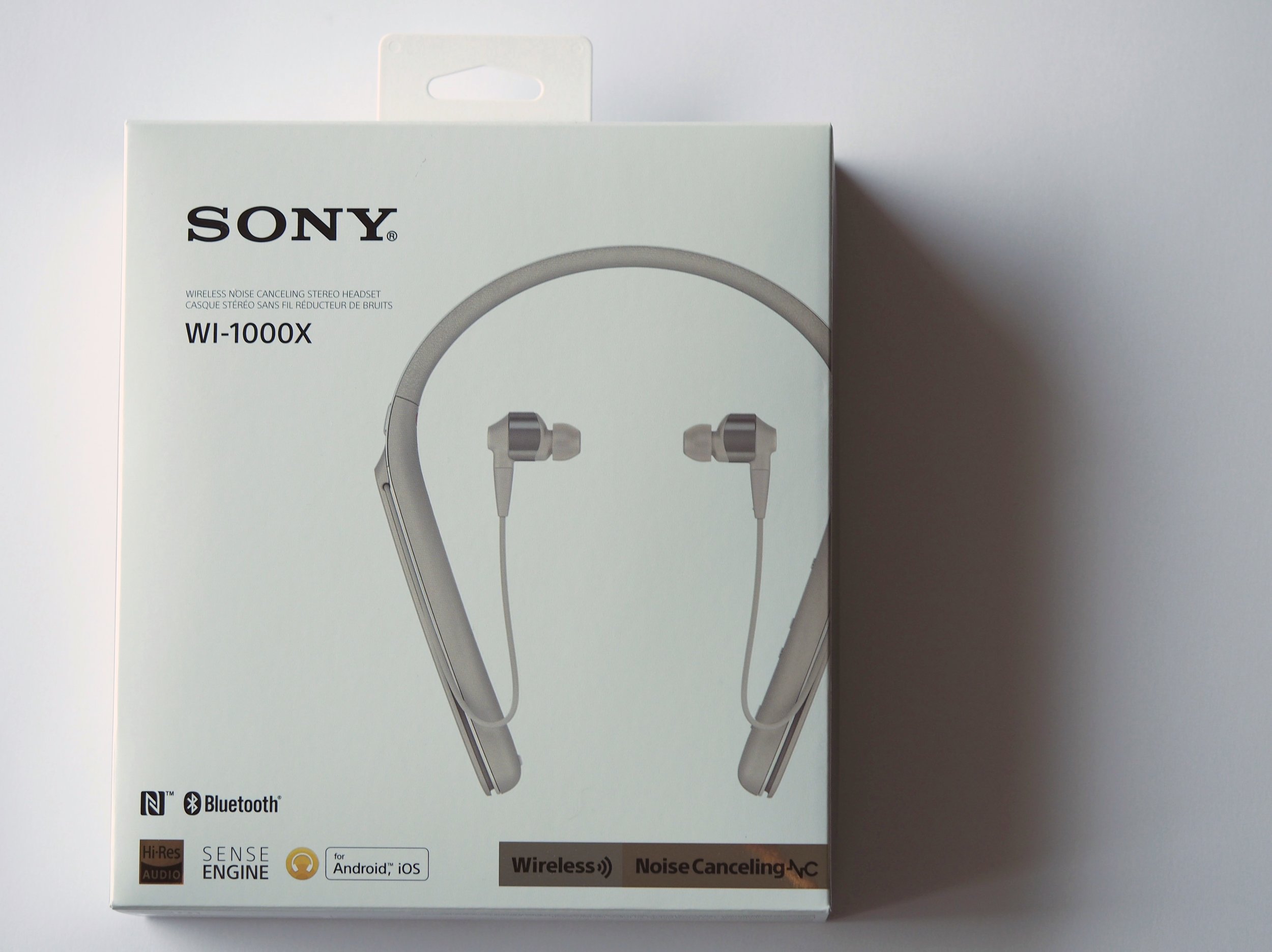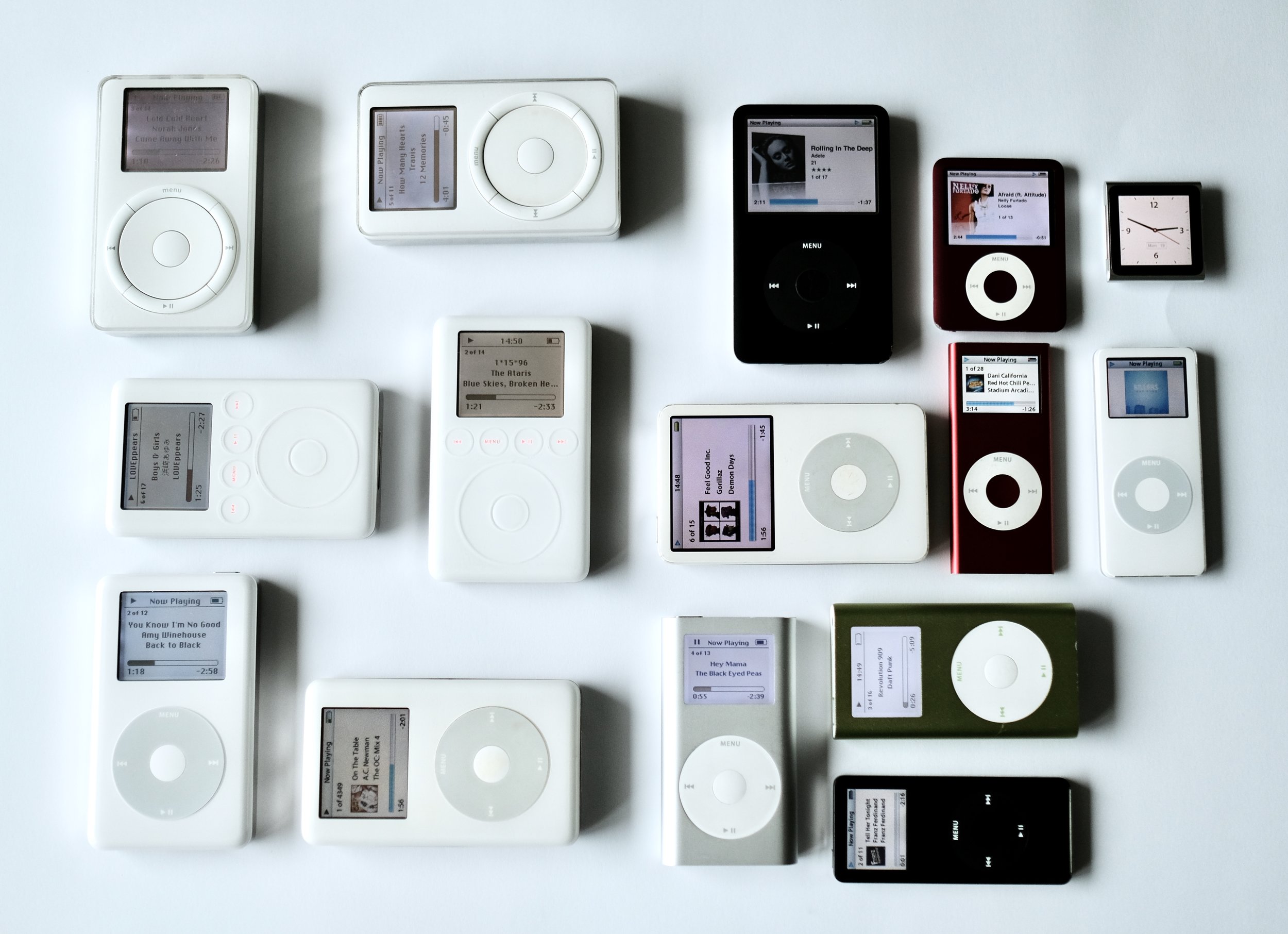One of the best things you can teach yourself during this quarantine period is how to code.
Author: nandakusumadi
Twelve South AirFly Pro Review: Don’t Buy this… yet
Twelve South makes great accessories for your Apple devices. One of their latest products is the AirFly Pro – a bluetooth adapter that acts as both a transmitter and receiver.
Independence – Starting Out
The funny thing about the internet is how very few people realise that never before in human history has it been easier for someone to:
-
Learn some new skills
-
Design and build a product using the skills you’ve learned
-
Distribute the product to a worldwide market
-
Get feedback from users of the product and improve it iteratively
All for minimal cost. All independently.
Fujifilm Fujinon XF56MM F1.2 R Review
Coming in at 85mm full frame equivalence, the Fujinon XF56MM F1.2R is a prime (poor pun intended) example of Fujifilm’s focus on APS-C done right. At time of writing, no other manufacturer has a fast prime that provides this classic portrait focal length for APS-C bodies.
The XF56MM was one of the first few lenses that I bought when I switched to the Fujifilm X system, it still amazes me even after two years.
Zeiss Batis 2/25 (25mm F2) Review
One of the pleasures of shooting with a Sony Full Frame E-mount camera is access to Zeiss’ excellent line of Batis lenses.
Known for the signature Zeiss “Pop”, the Batis lenses take traditional Zeiss into the 21st century by adding an OLED display, ridiculously light weight and weather sealing.
I purchased the Batis 25mm back in 2016 and have captured many wonderful memories with this lens.
Sony A7R III First Impressions – Upgrading to Sony Full Frame from Fujifilm X-series
I’ve been putting money aside for the past few years in anticipation of the Leica Q2. Unfortunately since Leica is making it difficult for me (along with everybody else new to the brand) to procure one, I decided to use that money on a Sony Full Frame system instead.
I purchased the A7R III, the Sony FE 24mm F1.4 GM and the Sony FE 70-200mm F2.8 GM with the money I set aside for the Leica Q2. I also bought the Zeiss Batis 40mm Close Focus lens. Reviews on all 4 will be coming soon.
For the time being, I’ve brought it to Japan on a short vacation and have some impressions. It turns out that with every shot I take, this decision is proving itself to be the right one.
Design Thinking Agile Team in a Large Corporate – A Practitioner’s Learnings
I don’t have any paper certifications that relates to Agile or Design Thinking, but I have delivered several products as a Product Owner in a few large corporations. More importantly, I’ve also been in a few large corporations that drink the two day design sprint Kool-aid only to find that they revert to “BAU” mode after paying for an overpriced trainer’s week of work. Applying Design Thinking in an Agile Software delivery team is not rocket science, but requires plenty of hard work and perseverance to change a pre-existing mindset.
Where to buy graphical Japanese eBooks
美しき日本 旅の風光 (Excellent Japan – A Scenic Portfolio) is a pictorial book about Japan that I absolutely love. I’ve owned the physical copy since its release more than two years ago and have been toying with the idea of getting a digital copy so that I can always have it with me whenever I plan a trip to Japan. The book offers hundreds of photos of points of interests scattered around Japan that you can use when planning a trip there. Being published by JTB, sights hat are rarely mentioned in western guidebooks are included.
Most Japanese books that are largely graphical are usually just a bunch of JPEGs wrapped in an eBook container and this is no different.
Unfortunately, I’ve had to spend ¥2500 three times this weekend to find a copy that was satisfactory to read.
Ask NK: Should I use a 2x Teleconverter on my Fuji 100-400mm for a Safari?
Joel asked for my opinions on using an 18-135mm lens with a 100-400mm + 2x TC for a Safari trip.
Photolemur 3.0 Review – Unleash those idle vacation photos
Photolemur is an interesting app that claims to offer “the world’s first fully automated solution for creating perfect photos.” The word “perfect” is relative when it comes to photography, most photos are edited to taste and what’s “perfect” to one person may be rubbish to another.
Nevertheless, there are certain repetitive techniques that most of us employ when it comes to post-processing a certain type of image. For the sky in a landscape photo, you might reduce the highlights and boost the vibrance most of the time. You can start to imagine how this might be useful for casual photos that are not portfolio quality, but still need some editing before distribution.
Book Review: The Life-Changing Magic of Tidying Up – Marie Kondo
I first heard of Marie Kondo – also known as KonMari on NHK World a couple of years ago. The mantra she was peddling was something like (heavily paraphrased) “If it doesn’t spark joy in you, get rid of it”. Being a bit of a “hoarder” myself, I was rather intrigued by this proposition.
Fujifilm Fujinon XF50-140mm F2.8 OIS WR LM Review
The XF50-140mm is a must-have for any serious Wildlife, Portrait or Landscape photographer out there. It’s fast, sharp, has excellent Optical Image Stabilisation (OIS) and is weather resistant.
Its unique focal range and aperture is a testament to Fujifilm’s focus on the APS-C sensor, solely aimed at emulating the classic 70-200mm full-frame equivalent at F2.8. You don’t get a lens like this with other manufacturers’ mirrorless systems.
Peak Design Everyday Messenger V2 Review
I’ve been using Version 1 of the Peak Design Everyday Messenger (EDM) bag for over two years now. It’s always been one of my heavily used bags. Not just as a camera bag, but as an everyday work bag too.
Needless to say, I rushed to order one when I heard that they were releasing a Version 2 of the product.
Autumn in Japan with the Fujifilm X100T
The X100 series is an interesting camera. With a fixed lens that befuddles new enthusiast photographers, it’s one of those cameras alongside the Leica Q that seems to be designed just for capturing memories.
I once took the X100T to Japan in 2015, shot exclusively with it, and came away impressed with the results. Now I find myself deeply considering the X100F as an “on-groom” camera for my wedding.
The Best Accessories for the Fujifilm X-E3
Since my previous article on accessories for the X-T2 was rather popular, I thought it would be appropriate to share some of my thoughts on what are the best accessories I have for the X-E3. This time, I’ll add lenses to the mix too.
Moment Lenses and Photo Case Review – The best interchangeable system for your iPhone
It’s no secret that I came away extremely impressed with the camera on the iPhone X. The set of dual stabilised lenses and Apple’s willingness to partially post process images in-situ made it close the gap even further on point and shoot cameras.
With interchangeable lenses, the iPhone X has even replaced my mirrorless cameras in “broad daylight” or “bad lighting” conditions 90% of the time.
There’s a damn good reason for Apple’s obsession with thinness
A chorus of pundits complains about Apple’s obsession with thinness, every time a new device with a fresh hardware iteration – painstakingly designed to be as thin as possible, is announced.
Sony WI-1000X Noise Cancelling In-ear Headphones Review – Perfect for the short to medium haul flight
I already own the Bose QC35 and the Sony MDR-1000X, but the real estate they take up on my carry on baggage always felt like a luxury for short to medium haul flights. Can this smaller pair of in-ear headphones save the day?
iPod – #myrecordplayer
As someone who grew up in the late 90s and early 00s, the iPod is to me what a vinyl record player is to someone who grew up in the 60s and 70s.
Some thoughts on the Fujifilm X-H1
So after many months of rumours, Fujifilm finally announced the X-H1. X-H is a reverse-play of the abbreviations for Hyper-X. Like most of the bodies that come out of Fujifilm, I’m sure it’s a solid camera.
My question is, who is this exactly for? And why is there a need to amalgamate the new features it brings into a new product line?
